
Milan has been teeming with excitement over the past few days as design aficionados and fashion connoisseurs made their way to the annual Milano Design Week. The streets were awash with a sea of people eagerly navigating through the bustling crowds to attend the latest exhibitions. Yet amidst the flurry of activity, a common theme emerged: fashion and design converged in a refreshingly inclusive and accessible manner. With fashion taking an increasingly prominent role in the design world, it was no surprise to see some of the biggest names in the industry showcasing their latest creations. From Tod’s and Tim Walker’s stunning display of craftsmanship to Loewe’s imaginative take on chairs, here are 5 unique finds that caught our eye:
-
Tod’s Made in Italy meets Tim Walker’s surrealist, magical and whimsical gaze in ‘Art of Craftsmanship’
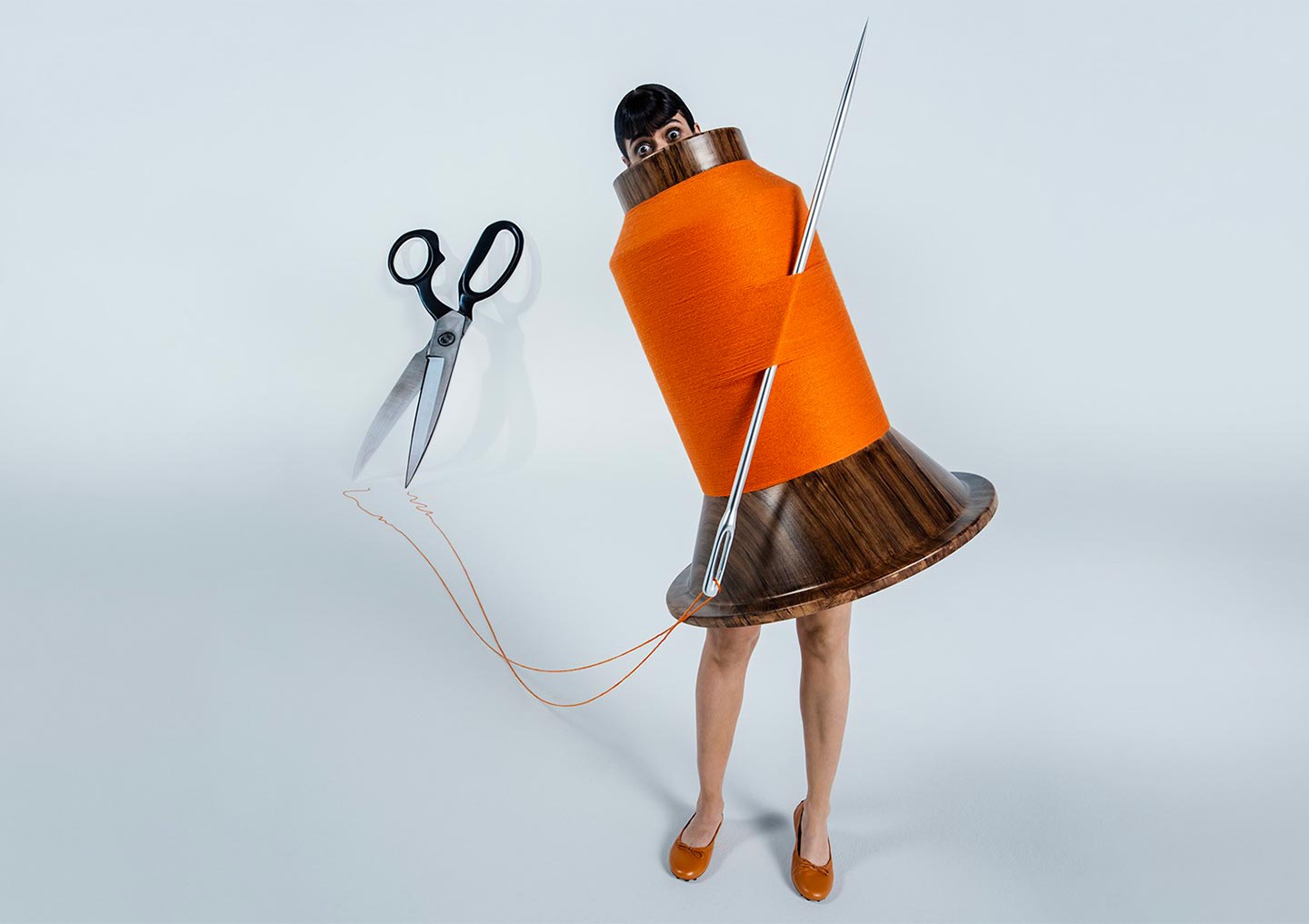
Tod's celebrated the tradition of Italian craftsmanship and know-how by collaborating with photographer Tim Walker in The Art of Craftsmanship. © Photography by Tim Walker, courtesy of Tod’s
“In this increasingly digital world, where so much is being created on an industrial scale by machines, the value of craftsmanship is increasingly precious. The people I met in Tod’s company and their experience were the real source of inspiration” – British photographer Tim Walker
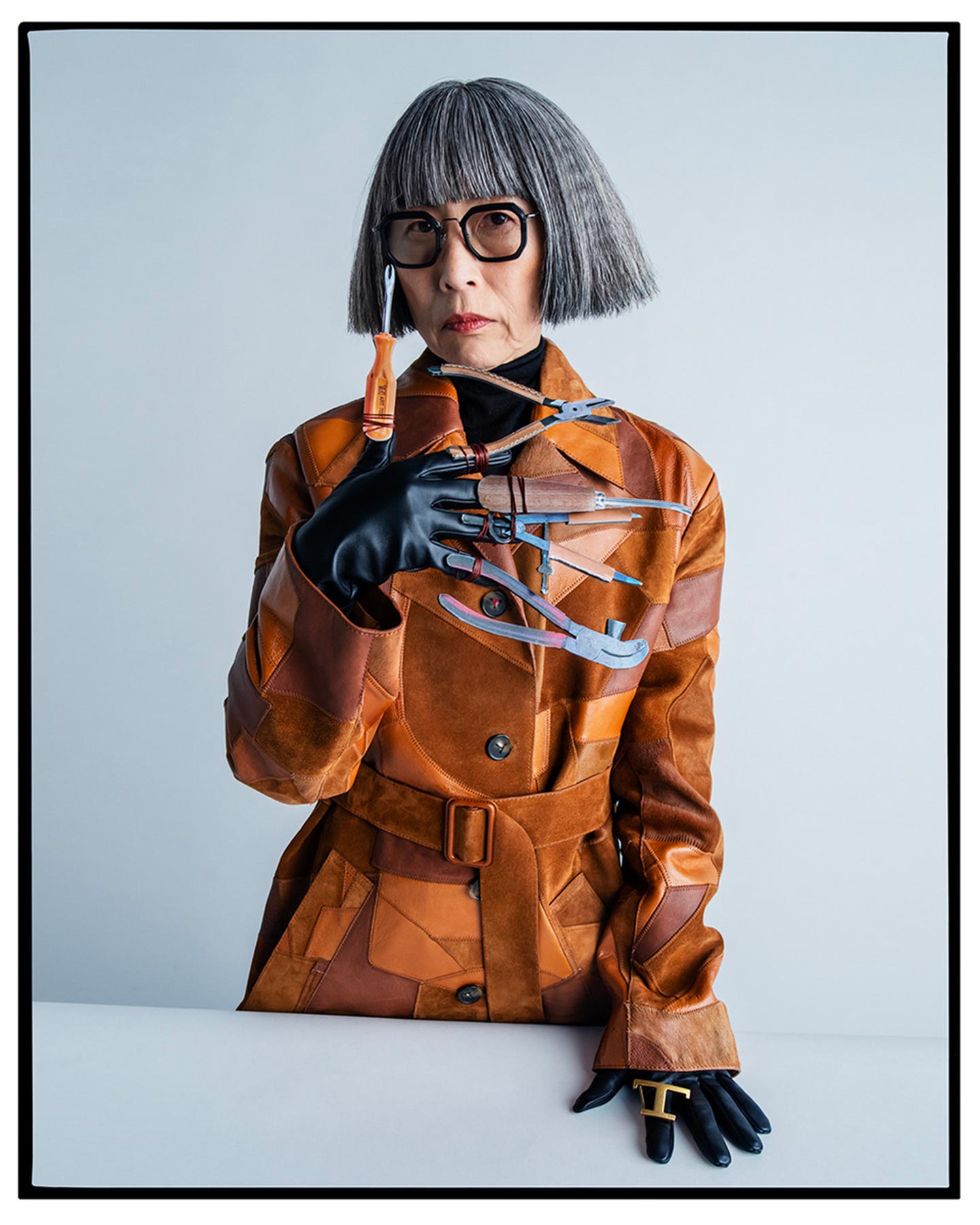
Tod’s The Art of Craftsmanship – A Project by Tim Walker © Photography by Tim Walker, courtesy of Tod’s
For Milano Design Week 2023, Tod’s teamed up with Tim Walker’s in ‘The Art of Craftsmanship’ exhibition at Museo Nazionale della Scienza e della Tecnologia. It was curated with the utmost care and featured photographs that perfectly captured the intricate details of the brand’s products. But the presentation was more than just a collection of pictures. It also featured a live demonstration of the shoemaking process, allowing visitors to witness firsthand the incredible skill and precision that goes into each Tod’s shoe. From cutting the leather to stitching the soles, the demonstration highlighted the artistry and expertise in every step of the shoemaking process. The collaboration between Tod’s and Tim Walker truly celebrated the art of craftsmanship and reminded us of the beauty and value of handmade luxury goods.
-
The everyday elevated in Loewe Chairs
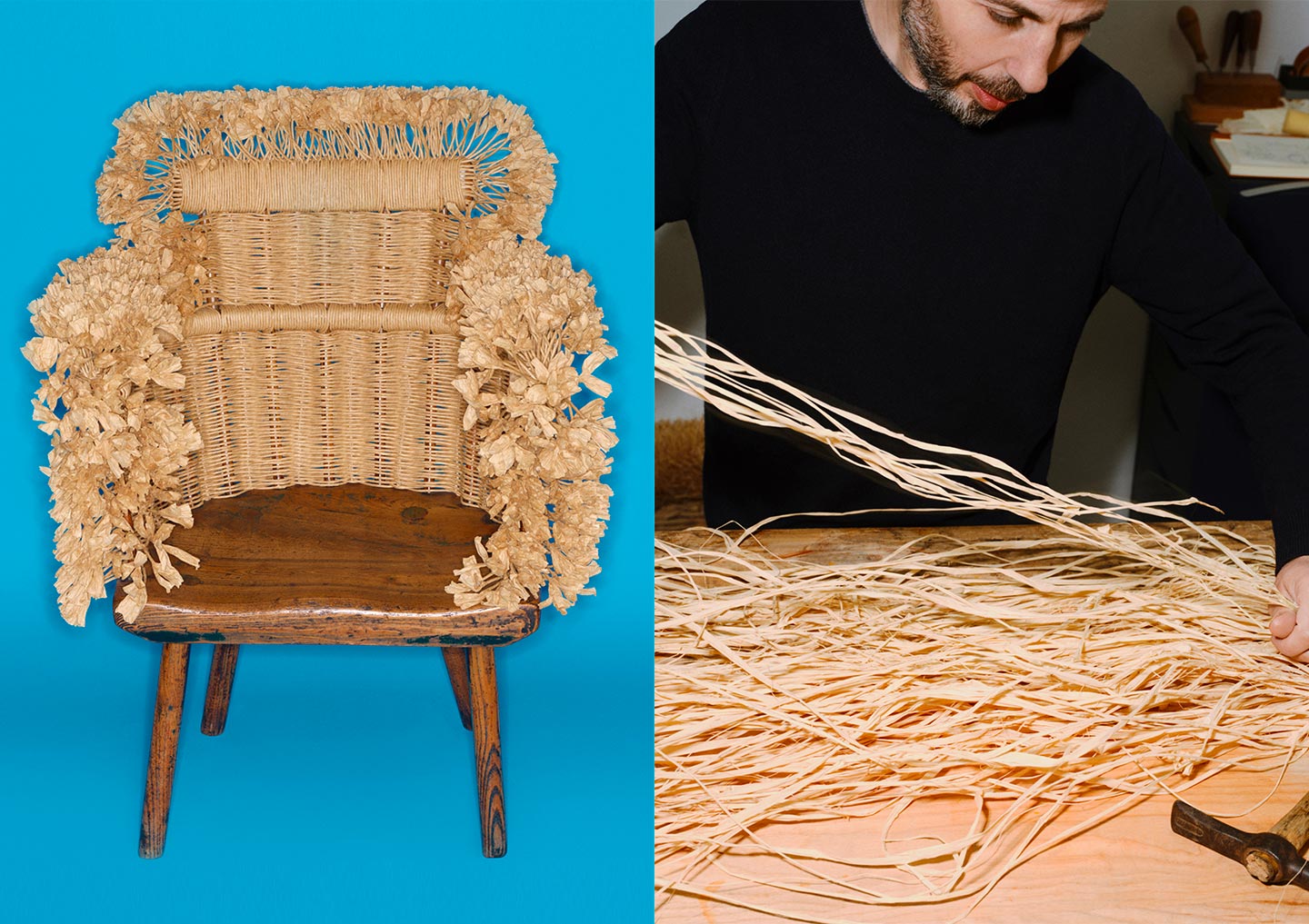
Loewe returned to the Salone del Mobile with a collection of chairs reimagined by artisans to become unique items. Chairs were embellished with natural fibres including raffia. © Loewe
Returning to Milan Design Week was not just a matter of obligation for Loewe. Instead, it was a carefully considered choice, and the Palazzo Isimbardi was the perfect venue for showcasing their latest project. With its unusually ordered arrangement, the ‘quadriportico’ stood in sharp contrast to the baroque frame and provided an ideal setting for Loewe’s installation. As one entered the exhibition, a vibrant crowd of Loewe Chairs caught the eye with a playful and naive display evoking childhood memories.
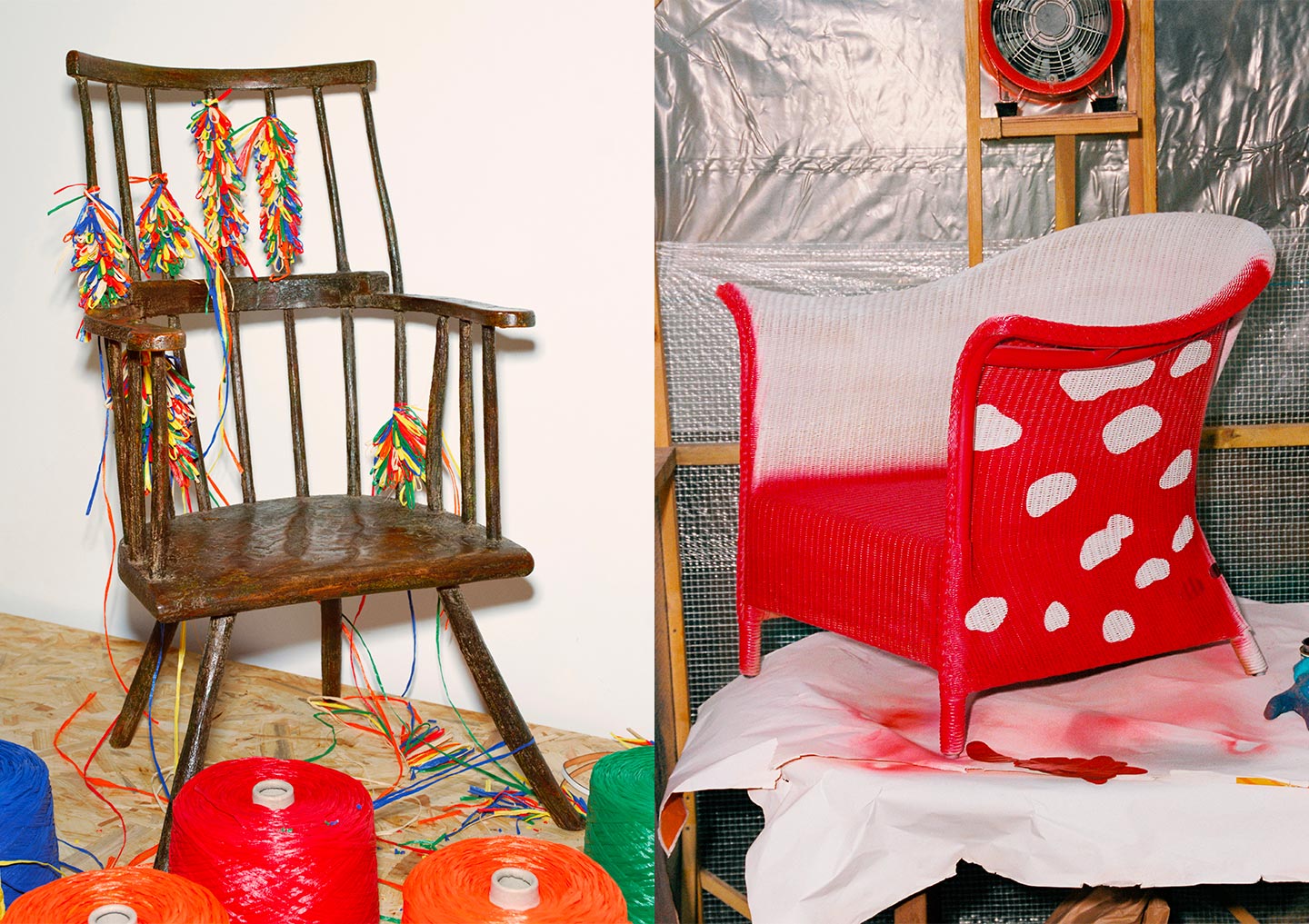
Thirty stick chairs and eight paper loom chairs illustrated the functional and decorative value of chairs © Loewe
The installation’s centrepiece was a splash of colour, a mushroom lawn adorned with irregular red and white lacquer polka dots. The playful design looked as if it was drawn by a child with the primitive strength of their stroke. But the surrounding thirty stick chairs—both antique and newly crafted— and eight paper loom chairs truly commanded attention, illustrating the functional and decorative value of chairs. The earliest finds date back to the time of Hywel Dda (c. 880 - c. 950), a king of Deheubarth who ended up ruling most of Wales and they were built with a special joint that held the legs and uprights in place, making them too commonplace to warrant any special attention. However, history has a way of elevating the mundane.
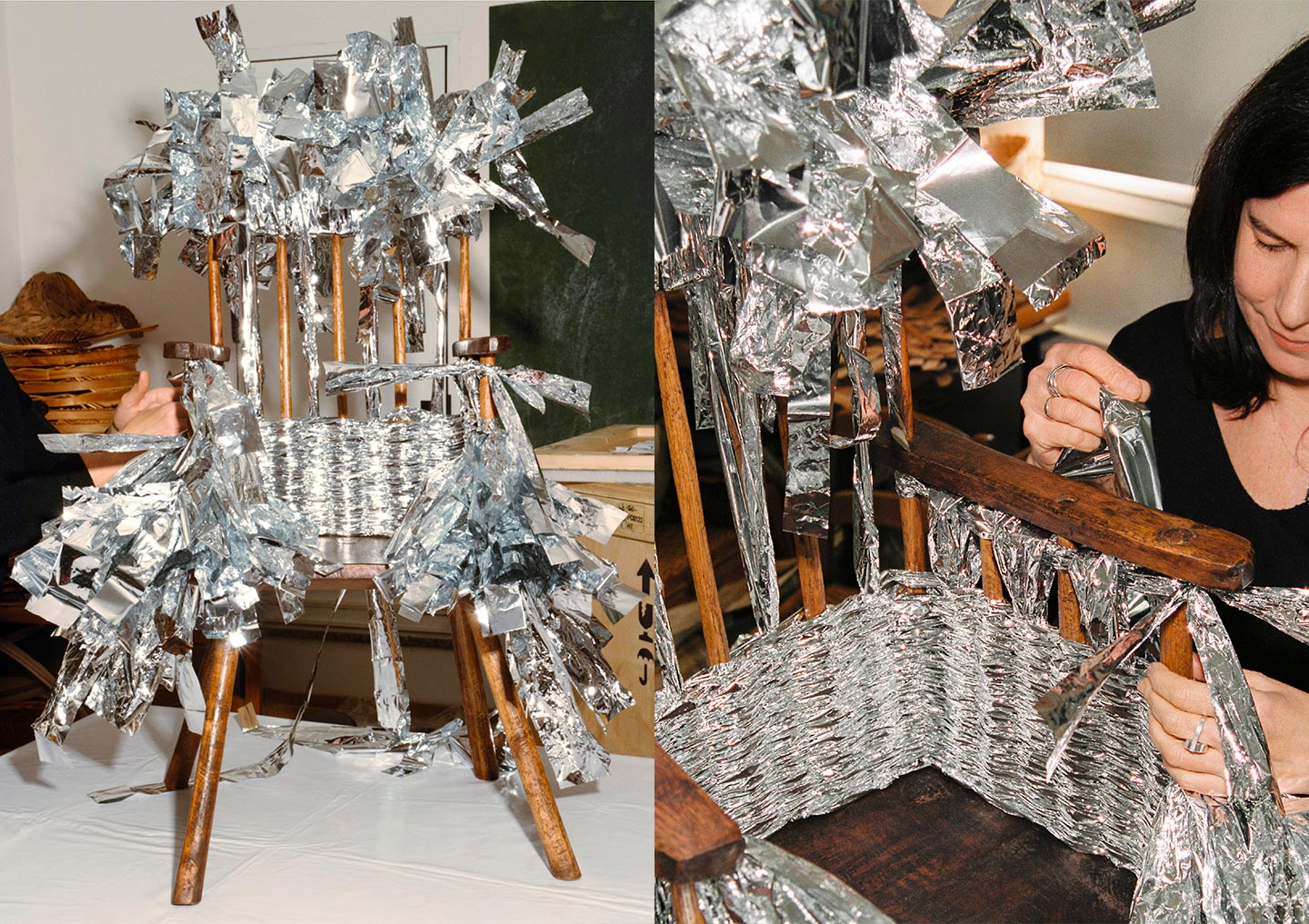
The backs of stick chairs were tightly interwoven with silver or gold metallic foils by Loewe collaborator Idoia Cuesta. © Loewe
With his seasoned eye, Loewe’s creative director Jonathan Anderson has been able to tap into the beauty and poetry of these simple objects and asked artisans to reimagine a collection of chairs to make them into one-of-a-kind items.
-
“It is about opening new ways for design”: an immersive journey inside Gaetano Pesce’s ‘Vieni a Vedere’ installation at Bottega Veneta’s Milan store
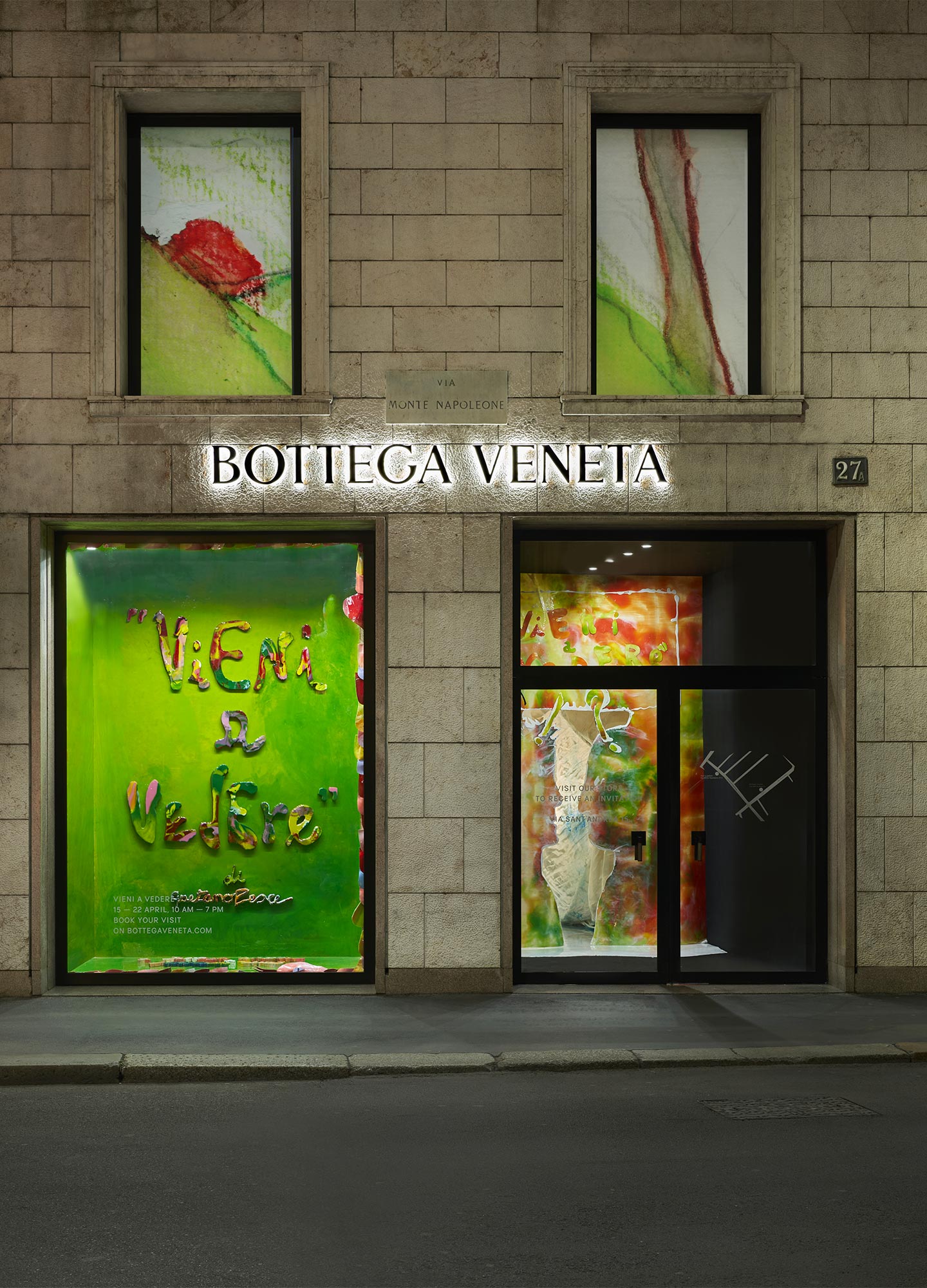
Gaetano Pesce created an immersive installation, Vieni a Vedere, in the Bottega Veneta Montenapoleone boutique, using resin and fabric. © Bottega Veneta
After signing off on the set for the spring-summer 2023 runway show, renowned Italian architect Gaetano Pesce returned to Bottega Veneta to transform the entire Montenapoleone store into ‘a grotto’ as part of the ‘Vieni a Vedere’ exhibition. The installation was a journey of discovery, leading visitors through a cavernous space that surrounded, contracted and towered over a structure with a generous resin mantle. Pesce gave depth and dimension to a real, tangible place intended to show a return to modernism in form. The grotto was filled with graphics, cave-like paintings and something reminiscent of Palaeolithic graffiti that evoked the observer’s instinctive curiosity.
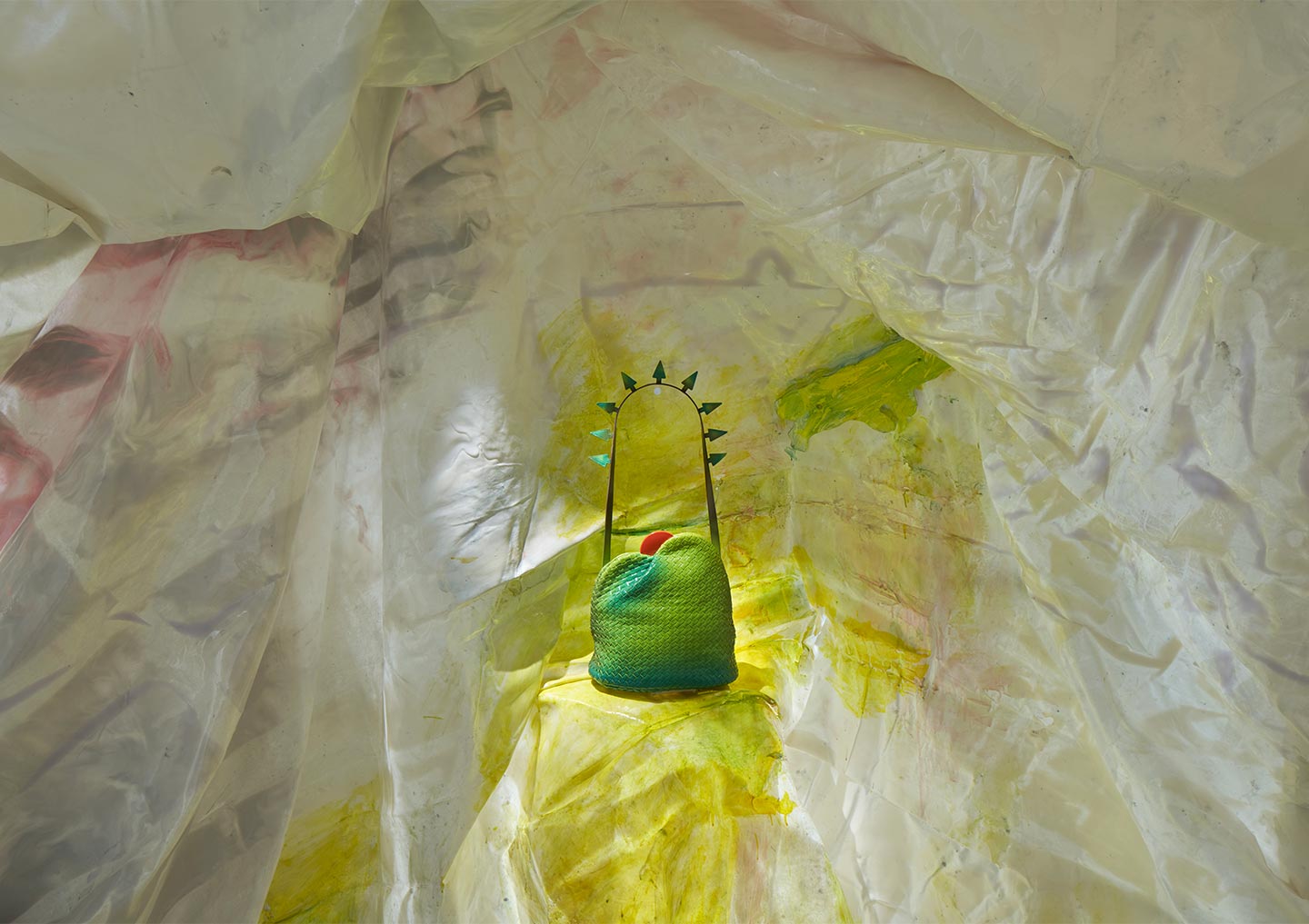
Modernist Italian architect Gaetano Pesce designed his first two bags for Bottega Veneta. My Dear Mountains (shown above) is a symbolic representation of two mountains with a sunrise or sunset in the background. © Bottega Veneta
Visitors were attracted to a small niche where one of the two limited-edition Bottega Veneta bags designed by Pesce was on display. My Dear Mountains, the first bag that Pesce had ever designed, is a symbolic representation of two mountains with a sunrise or sunset in the background.
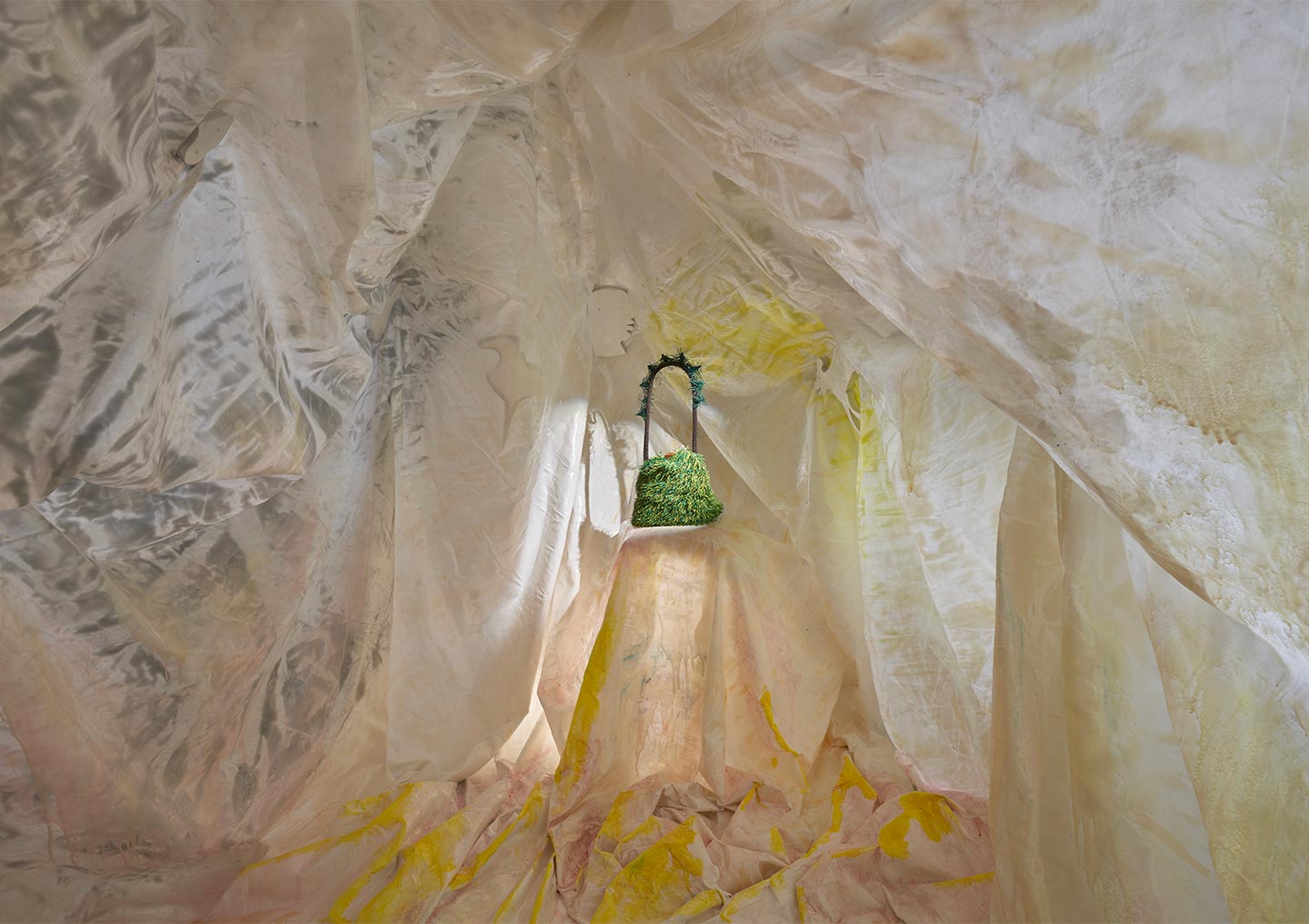
The My Dear Prairies bag designed by Gaetano Pesce for Bottega Veneta. A meticulous crochet technique is utilised for the prairies in seven shades of green calf and lamb leathers. © Bottega Veneta
My Dear Prairies, a shoulder strap bouquet of grass, is a nod to the undulating American prairies. “Based on mountains and prairies, the handcrafted bags echo Pesce’s early life in Italy, raised near the mountains in Este and the prairies of America, where the artist lives today,” stated Bottega Veneta. The installation, which promised innovation, surprise, invention and discovery, succeeded it.
-
Louis Vuitton’s Objets Nomades Class 2023 by Atelier Oï, Raw Edges, Atelier Biagetti, Marcel Wanders, Zanellato/Bortotto, Studio Louis Vuitton and Studio Campana. While the Cabinet of Curiosities by Marc Newson reimagined the Monogrammed travel trunk, the courtyard of Palazzo Serbelloni hosted the Nomadic Pavilion, a coral-shaped structure by Marc Fornes
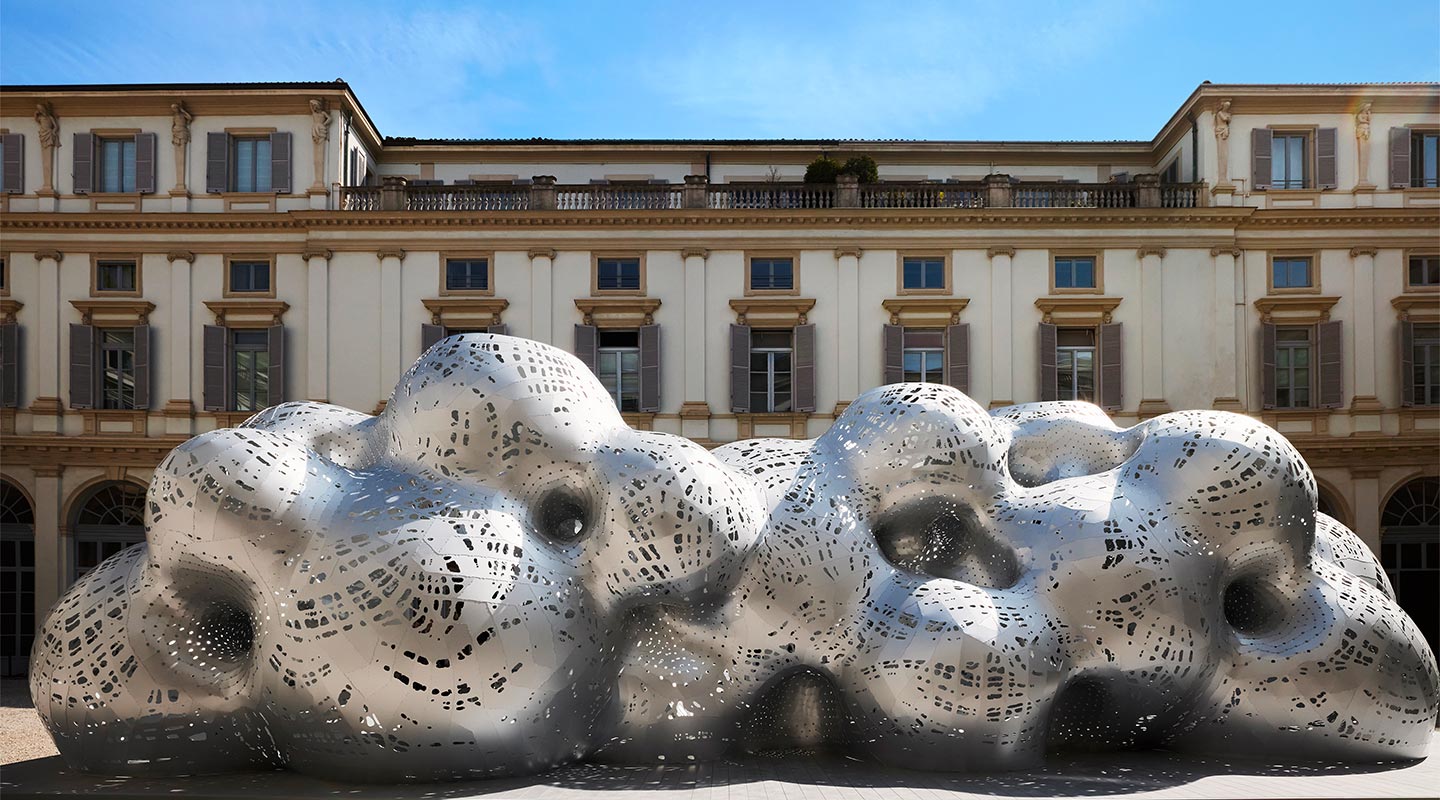
Marc Fornes realised an organically shaped pavilion at Milan Design Week to accompany Louis Vuitton's latest Objets Nomades furniture collection. © Louis Vuitton
Louis Vuitton’s Objets Nomades collection has become a staple of Milano Design Week, attracting and satisfying audiences with a unique blend of innovation, savoir-faire, and timeless style. As the collection enters its sixth year, the brand continues to push the boundaries of furniture design, incorporating new signatures and playing with classic forms in novel ways. Visitors to Palazzo Serbelloni were greeted by Marc Fornes’ Nomadic Pavilion, a colossal steel installation that housed many of the collection’s pieces.
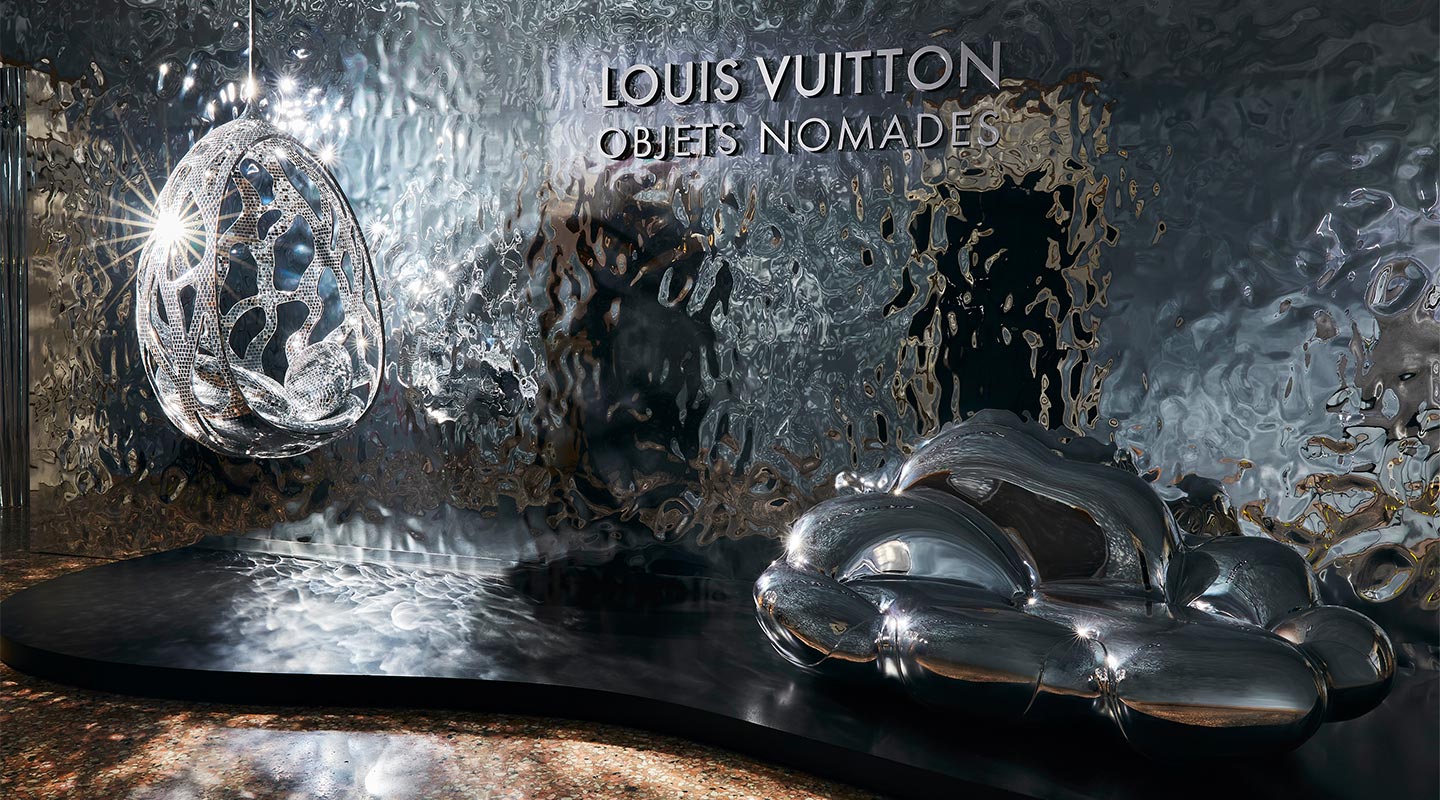
The entrance to the Objets Nomades exhibition featured the iconic Cocoon by Fernando and Humberto Campana, updated with over 10,000 mirrored tesserae, and the Bomboca Sofa, which was transformed into a mirror. © Louis Vuitton
Standout works included the iconic Cocoon by Fernando and Humberto Campana, updated with over 10,000 mirrored tesserae, and the Bomboca Sofa, which was transformed into a mirror after six weeks of intense work. Other highlights included the Serpentine Table by Atelier Oi, the Anemona by Atelier Biagetti, and the Signature Armchair by Frank Chou. The collection provided continuity and elegance with smaller accessories, such as marble bookends in the shape of flowers and diamonds and the Quetzal feathered sculpture.
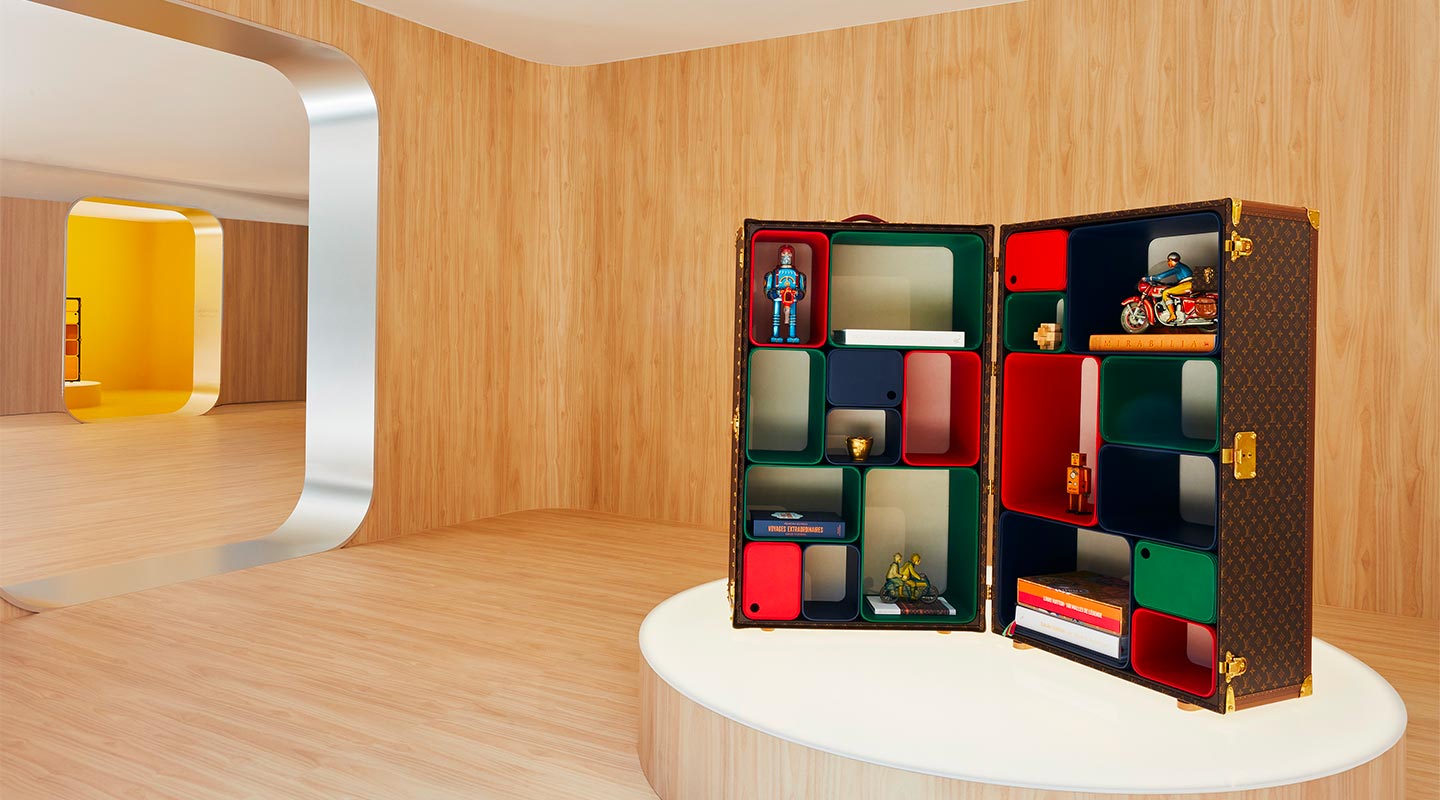
The Louis Vuitton Travel Trunk reimagined by Marc Newson. © Louis Vuitton
A celebration of craftsmanship, creativity, and luxury, Objets Nomades offered visitors a memorable experience of Louis Vuitton’s heritage and vision.
-
Unveiling the latest home collection, Armani/Casa opened the legendary Palazzo Orsini couture atelier to visitors
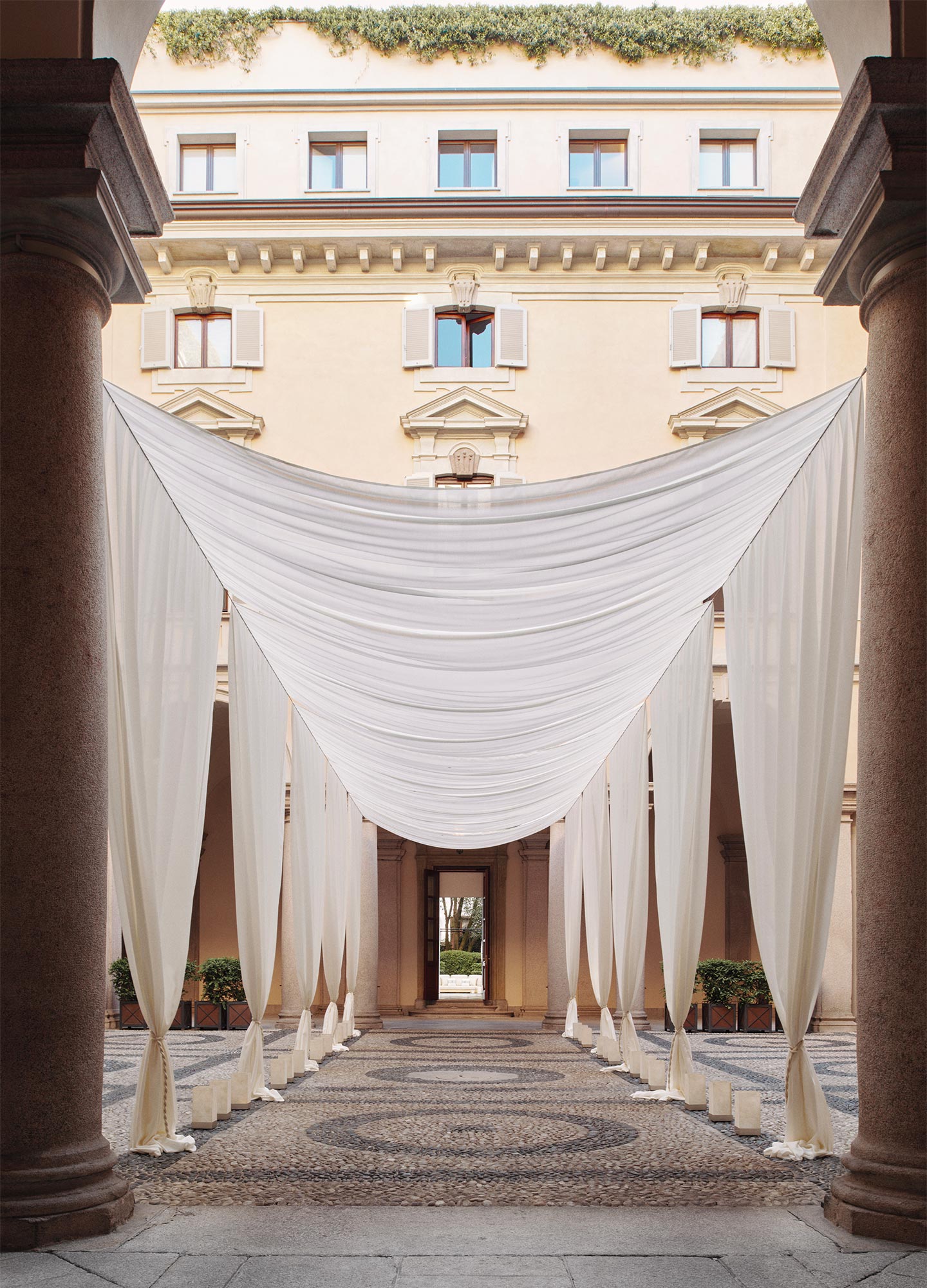
Giorgio Armani opened the doors of Palazzo Orsini for the Salone del Mobile 2023 to present the latest Armani/Casa collection. © Photography by Federica Bottoli, courtesy of Giorgio Armani
Giorgio Armani opened the doors of its historic headquarters to the public during the latest Milano Design Week, offering visitors a rare glimpse into the world of the iconic fashion brand. At Palazzo Orsini, they presented an Armani/Casa collection with a unique line of solid teak furniture for outdoor use. This included a sofa, an armchair with a pouffe, a sunbed, a large table, side tables, and a folding director’s chair, all distinguished by the interweaving of a relief pattern on the wooden surfaces.
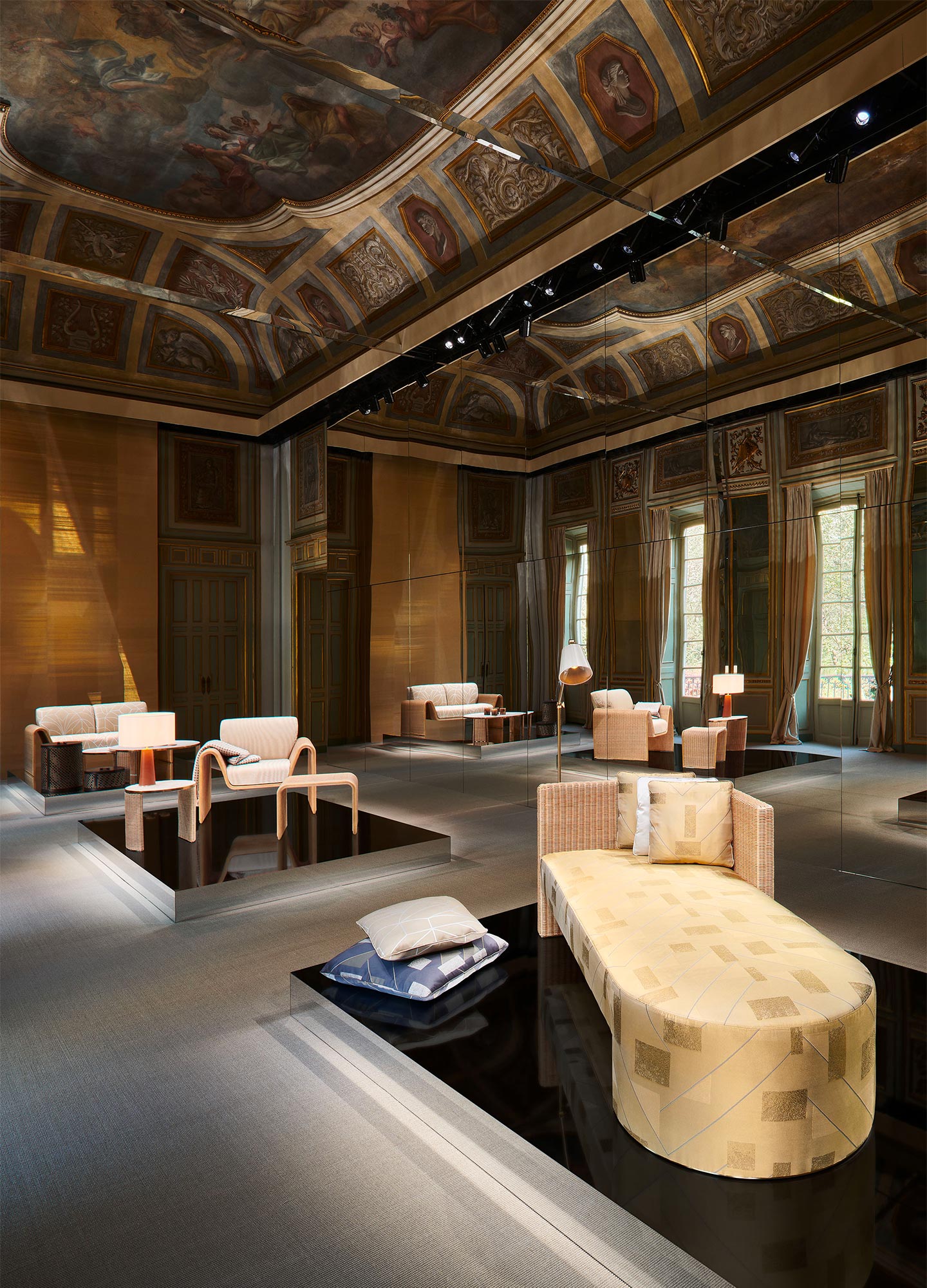
The frescoed rooms, usually reserved for Haute Couture, were the setting of the Armani/Casa a Palazzo exhibition. © Photography by Federica Bottoli, courtesy of Giorgio Armani
But the latest Armani/Casa offering also includes iconic pieces, such as the Sofia chair, Antoinette dressing table, and Camilla desk, reflecting the designer’s love of the East and Art Deco. The Toledo, Tashkent, and Toyama jacquard silk variants are examples of the intricate designs Giorgio Armani created. The collection’s furnishings, such as pillows, candle holders, Murano glass vases and tea sets, are equally elegant and refined. In Armani’s words, true luxury lies in slowness, and this new home collection is a testament to that.
As an extra treat, we can’t help but mention Vogue Closet. The question on everyone’s mind was, which object do fashion and design have in common? Vogue’s answer was unequivocal: the wardrobe.
Visualizza questo post su Instagram
And to celebrate this shared piece, Vogue opened the doors of its very own closet to the public. Inside the Condé Nast offices in Cadorna, visitors were treated to a stunning display of rare and unique pieces, including the awe-inspiring archive of Anna Piaggi items.
This year’s Milano Design Week was a testament to the power of fashion and design to inspire and captivate, leaving us eager to discover what the next event will bring.
Sofia Sarandrea
Fashion Business, Digital Communication and Media, 3rd year, Milan

